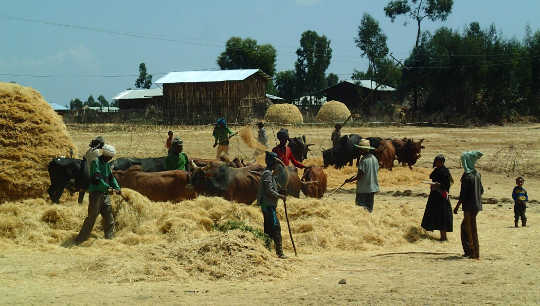 Ethiopia and Morocco praised for pledges on reducing greenhouse gases that are far more ambitious than those of China and Canada.
Ethiopia and Morocco praised for pledges on reducing greenhouse gases that are far more ambitious than those of China and Canada.
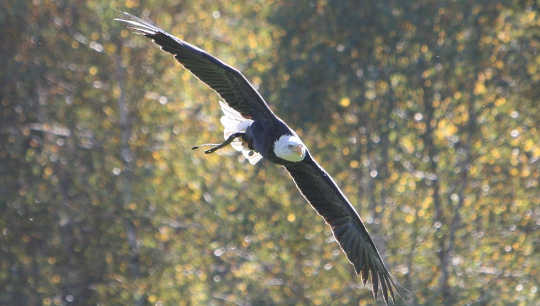 Wide-ranging survey shows that many of North America’s bird species could be left with nowhere to go as climate change drastically affects their habitats.
Wide-ranging survey shows that many of North America’s bird species could be left with nowhere to go as climate change drastically affects their habitats.
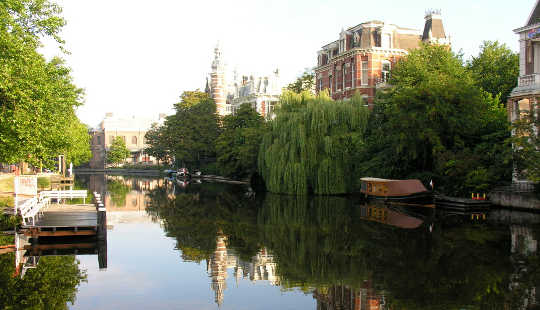 As humans become an urban species researchers find evidence that cities with more green space are best for human wellbeing.
As humans become an urban species researchers find evidence that cities with more green space are best for human wellbeing.
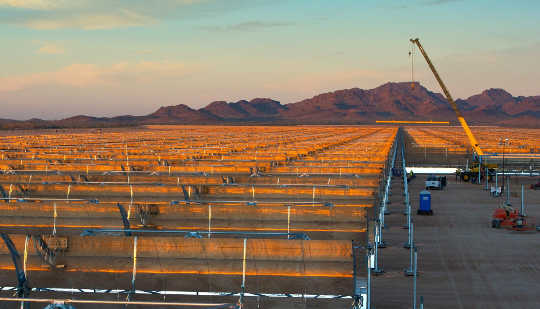 Massive solar power stations are being built in the world’s “sun belts” ? with the US and India competing to have the largest in the world.
Massive solar power stations are being built in the world’s “sun belts” ? with the US and India competing to have the largest in the world.
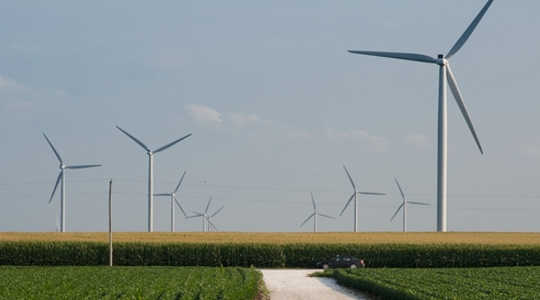 Democrats (myself included) enjoy ridiculing Republicans who deny the scientific consensus behind climate change. But we then deny the inconvenient truth behind our own preferred climate policies: they will have regressive impacts on the poor and middle class.
Democrats (myself included) enjoy ridiculing Republicans who deny the scientific consensus behind climate change. But we then deny the inconvenient truth behind our own preferred climate policies: they will have regressive impacts on the poor and middle class.
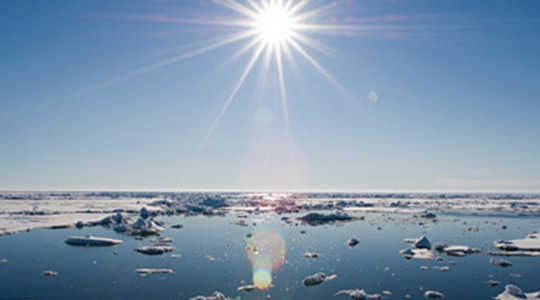 There are many ongoing signs that the planet is heating up, even “on fire.” In the western region of North America, the prolonged drought has led to high temperatures and many wildfires, from Canada and the Northwest earlier this summer to California more recently.
There are many ongoing signs that the planet is heating up, even “on fire.” In the western region of North America, the prolonged drought has led to high temperatures and many wildfires, from Canada and the Northwest earlier this summer to California more recently.
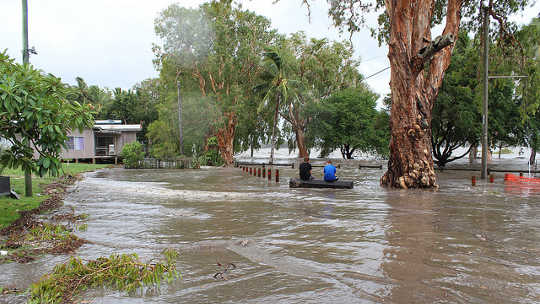 You may have read recent reports about huge changes in sea level, inspired by new research from James Hansen, NASA’s former Chief Climate Scientist, at Columbia University. Sea level rise represents one of the most worrying aspects of global warming, potentially displacing millions of people along coasts, low river valleys, deltas and islands.
You may have read recent reports about huge changes in sea level, inspired by new research from James Hansen, NASA’s former Chief Climate Scientist, at Columbia University. Sea level rise represents one of the most worrying aspects of global warming, potentially displacing millions of people along coasts, low river valleys, deltas and islands.
 People cannot engage in something they cannot see or feel. We need concrete reasons to care and act. In this way, climate change presents a threefold intangible challenge:
People cannot engage in something they cannot see or feel. We need concrete reasons to care and act. In this way, climate change presents a threefold intangible challenge:
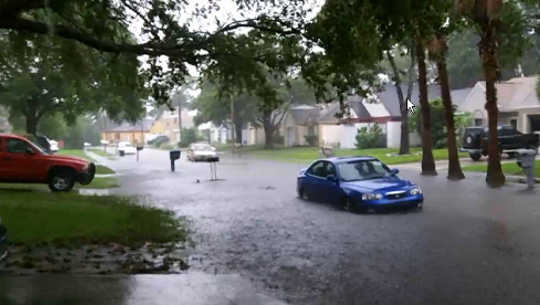 Flooding is a well-known natural hazard along the US coastline. Nearly 40% of the US population resides in its coastal counties.
Flooding is a well-known natural hazard along the US coastline. Nearly 40% of the US population resides in its coastal counties.
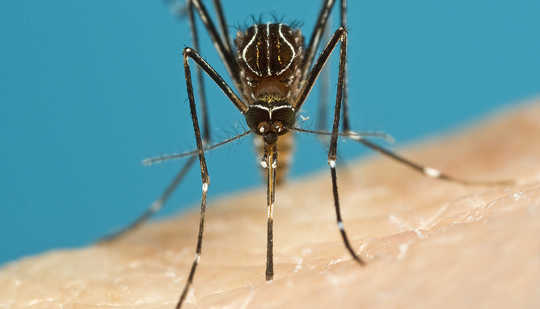
As the world warms, animals and plants will shift their ranges to keep pace with their favoured climate. While the changing distributions of species can tell us how climate change is affecting the natural world, it may also have a direct impact on us.
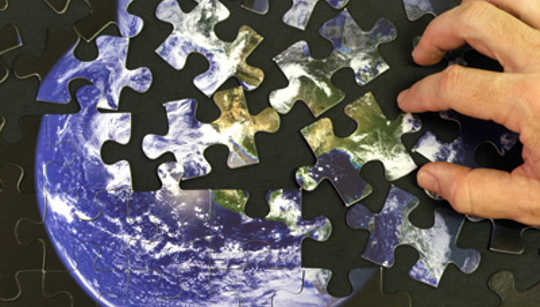 An international scientific report commissioned by the UK government says the risks of climate change are comparable to those posed by nuclear conflict.
An international scientific report commissioned by the UK government says the risks of climate change are comparable to those posed by nuclear conflict.
 Wouldn’t it be great if scientists could make their minds up? One minute they’re telling us our planet is warming up due to human activity and we run the risk of potentially devastating environmental change.
Wouldn’t it be great if scientists could make their minds up? One minute they’re telling us our planet is warming up due to human activity and we run the risk of potentially devastating environmental change.
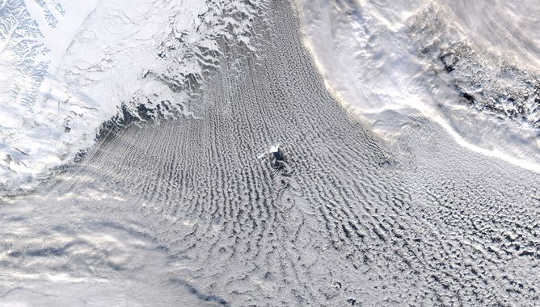 One of the most dramatic features of recent climate change is the decline of summer Arctic sea ice. The impacts of this summer ice loss on northern society, on Arctic ecosystems, and the climate both locally and further afield, are already being felt.
One of the most dramatic features of recent climate change is the decline of summer Arctic sea ice. The impacts of this summer ice loss on northern society, on Arctic ecosystems, and the climate both locally and further afield, are already being felt.
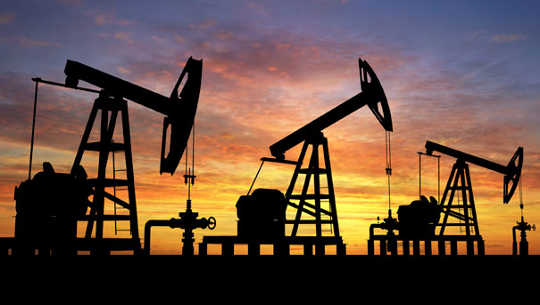 The G7 nations, at the week’s summit in Germany, have called for “a decarbonization of the global economy over the course of this century”. Of course, this group of nations is among those most heavily in favor of strong climate action, but the opportunities for climate-friendly growth are everywhere.
The G7 nations, at the week’s summit in Germany, have called for “a decarbonization of the global economy over the course of this century”. Of course, this group of nations is among those most heavily in favor of strong climate action, but the opportunities for climate-friendly growth are everywhere.
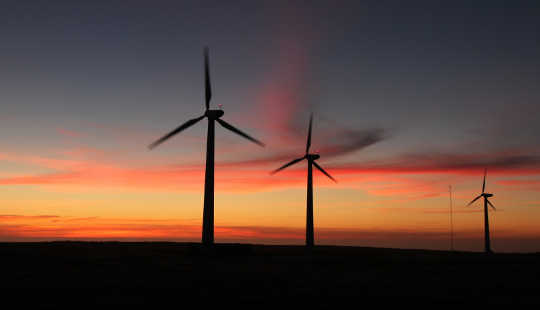 The article in The Australian by Liberal Democrat senator David Leyonjhelm highlighted some very good points about wind turbine noise and its effect on people living near them. People are complaining of a range of health related problems and are attributing them to wind turbines. The question is: what is the cause of these health problems?
The article in The Australian by Liberal Democrat senator David Leyonjhelm highlighted some very good points about wind turbine noise and its effect on people living near them. People are complaining of a range of health related problems and are attributing them to wind turbines. The question is: what is the cause of these health problems?
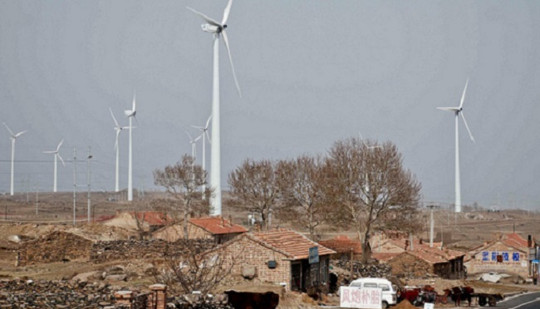 New report says a successful outcome at this year’s Paris climate talks will be far more likely if the world takes note of how China is reducing emissions. The pace of change in China’s energy policy means that the targets it has set for cutting greenhouse gases (GHGs) are likely to be achieved sooner than expected, according to a new study.
New report says a successful outcome at this year’s Paris climate talks will be far more likely if the world takes note of how China is reducing emissions. The pace of change in China’s energy policy means that the targets it has set for cutting greenhouse gases (GHGs) are likely to be achieved sooner than expected, according to a new study.
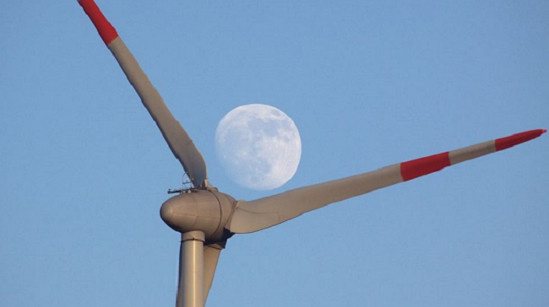 Eminent group urges governments to make the massive research investment that would enable the world to switch from fossil fuels to renewable energy by 2025. The vision is simple, the cost would be eye-watering, and the result could stop the growing threat from burning fossil fuels in its tracks.
Eminent group urges governments to make the massive research investment that would enable the world to switch from fossil fuels to renewable energy by 2025. The vision is simple, the cost would be eye-watering, and the result could stop the growing threat from burning fossil fuels in its tracks.
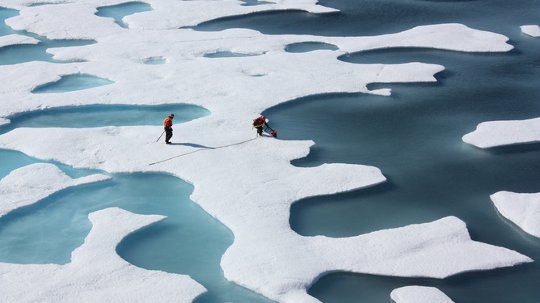 National and international studies have shown that the Earth is warming, and with this warming, other changes are occurring, such as an increasing incidence of heat waves, heavy downpours and rising sea levels.
National and international studies have shown that the Earth is warming, and with this warming, other changes are occurring, such as an increasing incidence of heat waves, heavy downpours and rising sea levels.
 The Indian Ocean can be an angry and sometimes lethal neighbour, but those who live beside it are now learning how to prepare for its next onslaught.
The Indian Ocean can be an angry and sometimes lethal neighbour, but those who live beside it are now learning how to prepare for its next onslaught.
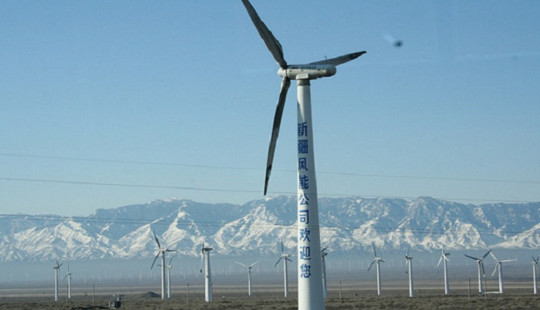 Trillions of dollars need to be redirected into building low-carbon economies to avoid serious climate change, the UN warns.
Trillions of dollars need to be redirected into building low-carbon economies to avoid serious climate change, the UN warns.
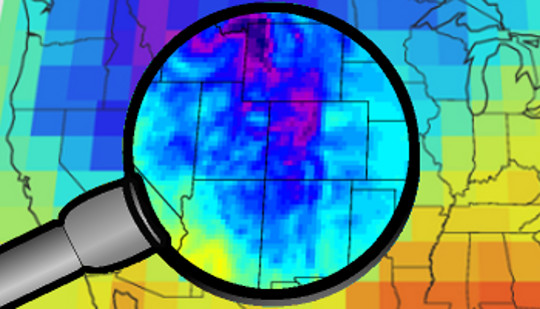 What will the weather be like next week, next season, or by the end of the century? In the absence of a second Earth to use in an experiment, global weather and climate model simulations are the only tools we have to answer these questions.
What will the weather be like next week, next season, or by the end of the century? In the absence of a second Earth to use in an experiment, global weather and climate model simulations are the only tools we have to answer these questions.
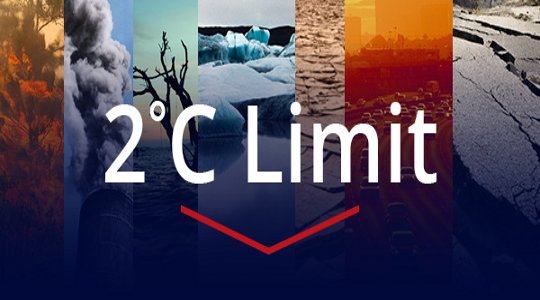 The goal of international climate negotiations is “to avoid dangerous atmospheric concentrations of greenhouse gases”. In 2010, Parties to the United Nations Framework Convention on Climate Change formally recognised the “long term goal” of the convention was to hold the increase in global average warming to below 2C above pre-industrial levels.
The goal of international climate negotiations is “to avoid dangerous atmospheric concentrations of greenhouse gases”. In 2010, Parties to the United Nations Framework Convention on Climate Change formally recognised the “long term goal” of the convention was to hold the increase in global average warming to below 2C above pre-industrial levels.
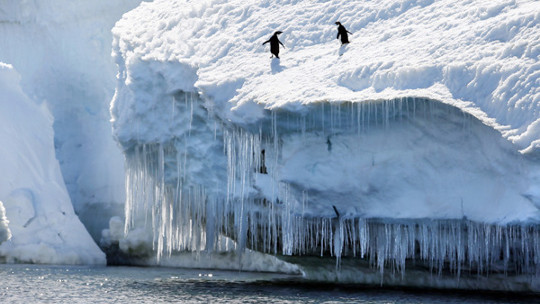 Antarctica’s glaciers have been making headlines during the past year, and not in a good way. Whether it’s a massive ice shelf facing imminent risk of collapse, glaciers in the West Antarctic past the point of no return, or new threats to East Antarctic ice, it’s all been rather gloomy.
Antarctica’s glaciers have been making headlines during the past year, and not in a good way. Whether it’s a massive ice shelf facing imminent risk of collapse, glaciers in the West Antarctic past the point of no return, or new threats to East Antarctic ice, it’s all been rather gloomy.















